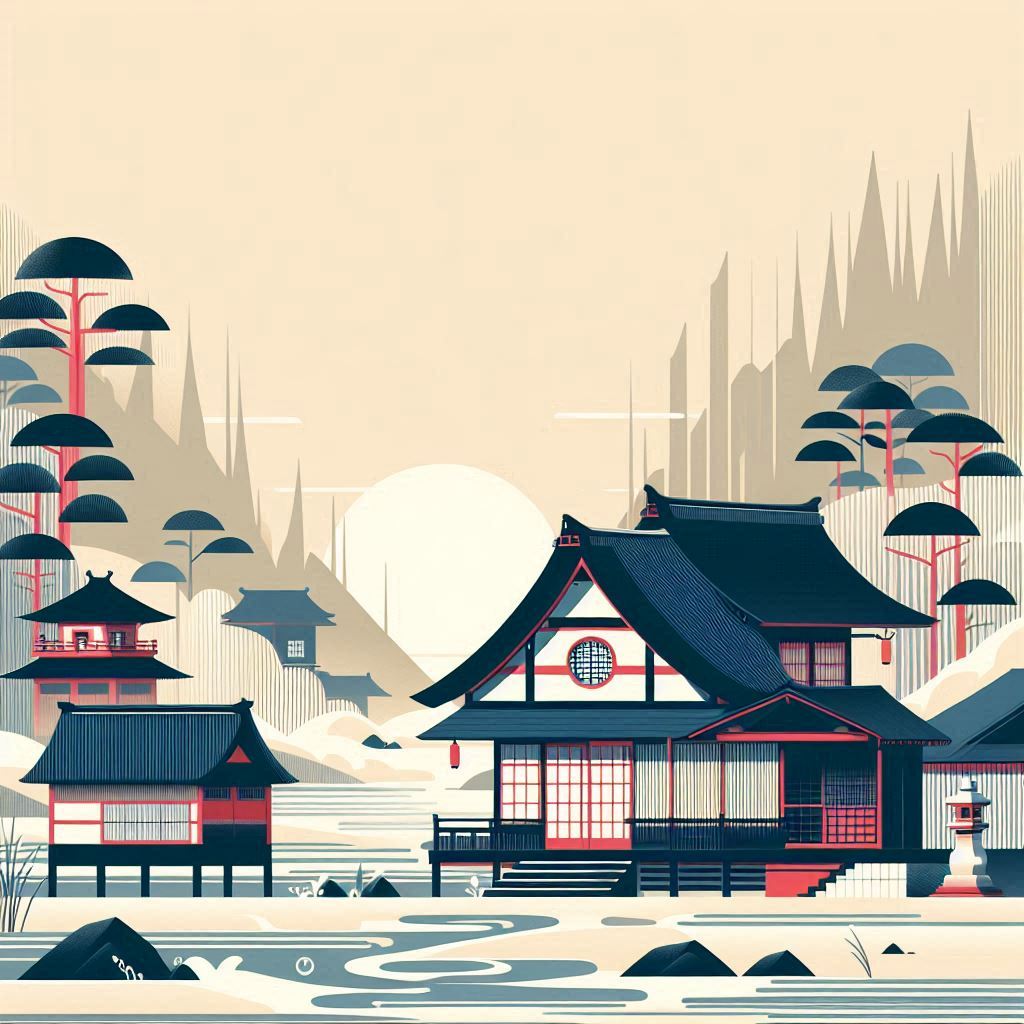
Embark on a journey to well-being with these four profound Japanese concepts: Ikigai for purpose, Moai for community, Hara Hachi Bu for mindful eating, and Kintsugi for resilience. Discover insights to a healthier and happier life in the modern world by embracing the ancient wisdom of Japanese culture.
